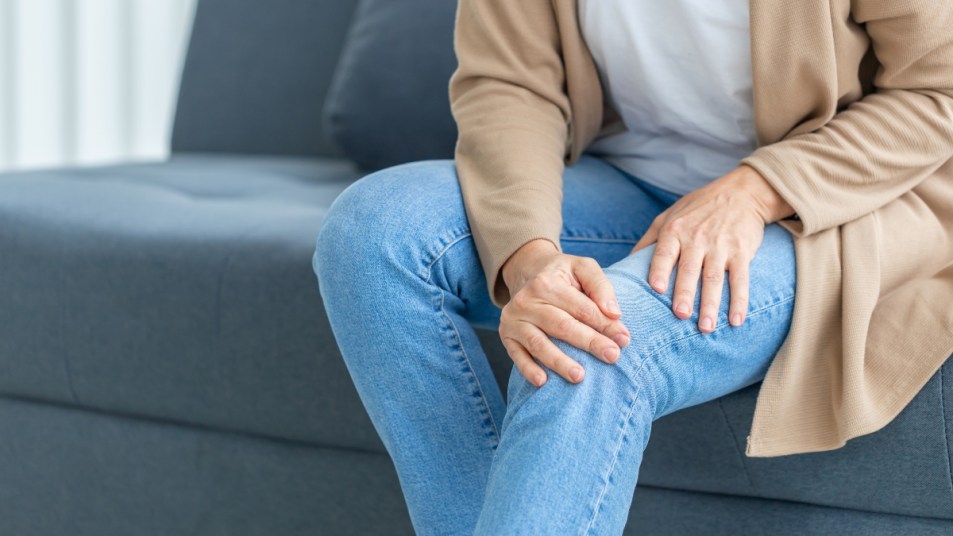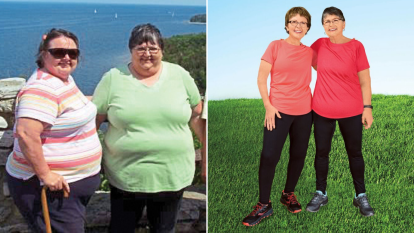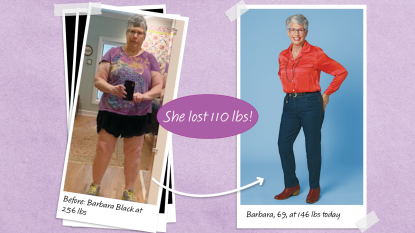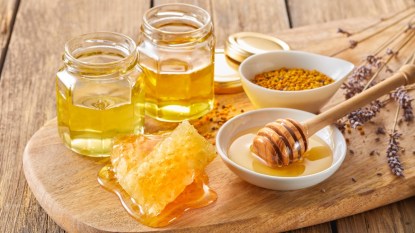4 Tips for Preventing Blood Clots While Traveling for the Holidays
Stay healthy this holiday.

With more time spent curled up indoors and Thanksgiving travel plans taking us to the roads and skies to visit loved ones, the risk of blood clots in your legs — known as deep vein thrombosis (DVT) — increases. Extended periods of sitting can trigger clots that can cause pain, swelling, and serious complications if they travel through the bloodstream. Luckily, there are simple steps you can take to reduce your risk. Check out these tips to lower your chance of developing blood clots so you can focus on your family this season.
Refill your water bottle.
British scientists say drinking plenty of water can reduce DVT risk. Simply sip at least eight ounces of water every two hours, which helps dilute sticky waste in the bloodstream that can create troublesome clots. Tip: Add a squeeze of lemon juice. An Italian study found that flavonoids in citrus fruit improve circulation.
Slip on these socks.
Cozy socks are a must on chilly days, and it turns out they can help block clots too. A 2021 study found that compression socks significantly cut DVT risk. They hug the calf muscles, encouraging blood flow to curb the odds of developing a clot. Slip them on anytime you’ll be seated for 4 hours or more. One to try: Physix Gear Sport Compression Socks (Buy from Amazon, $18.23).
Squirm around.
When you’re stuck in your seat, try squirming around. Simply wiggling your toes, rolling your ankles, extending your legs in front of you, or flexing your feet lessens the odds of DVT. How? It promotes proper blood flow to block clots. After you reach your destination, lie down and prop up your legs, which can encourage healthy circulation and reduce swelling.
Try pine bark.
For folks with an increased risk of DVT, including women over 60, smokers, and those who’ve recently had surgery, consider Pycnogenol. Italian scientists say the pine bark extract lowers DVT risk. It ups the production of nitricoxide to relax arteries and improve blood flow.
A version of this article originally appeared in our print magazine, Woman’s World.
This content is not a substitute for professional medical advice or diagnosis. Always consult your physician before pursuing any treatment plan.













